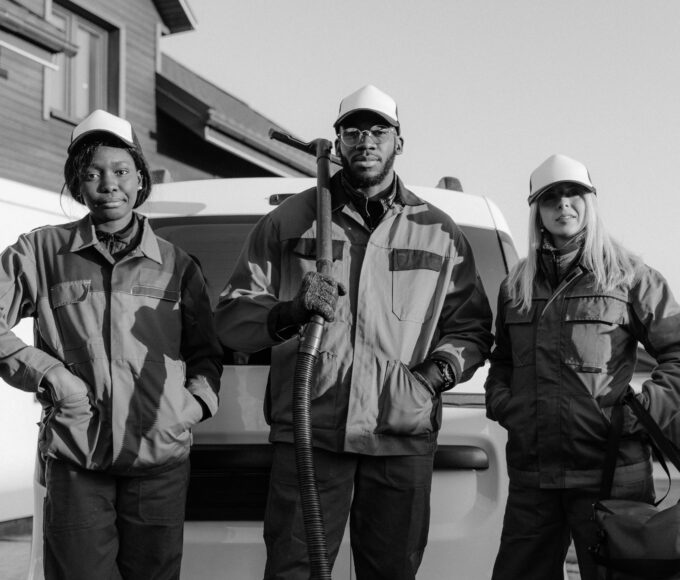Today, construction changes quickly, so using good materials makes a big difference. Sand is one main material and helps concrete stand strong, stay workable, and last for years. Australia grows fast with many city projects, so builders and engineers focus on the proper type, grade, and where the sand comes from. If the sand is low quality, it puts the whole building at risk, but if the sand is right, concrete and mortar both turn out strong and last long.
In Australia, rules and standards for safety and performance are strict, and the choice of sand must follow these rules. To pick sand, you need to know more than just particle size; you must check what minerals are inside, the grain shape, how clean it is, and if it works well with other mix parts. Builders use sand found nearby or through trusted sand supplier Perth to make sure concrete meets its design function. If you make mistakes with sand choice in the early stages, you might face repairs or even structure failure, especially with Australia’s many kinds of climates, like coastal, dry, and tropical zones, which all stress building materials differently.

Understanding Sand Grades and Their Functions
Sand gets sorted by how big the grains are: coarse, medium, and fine grades. Coarse sand, with bigger grains, serves best in concrete mixes because it lets the structure hold heavy weight. Builders pick medium sand for making walls and blocks since it balances sticking together and holding up the builders’ work. Fine sand fits jobs like plastering and surface finishing because its grains feel smooth. In concrete, the right sand size changes mix strength and how easy it is to use. With coarser sand, water goes through well, and it shrinks less, which matters for heavy foundations or large floor slabs. Using too fine sand in mixes can create a sticky texture and trouble while working, which might cause the concrete to set and harden with problems. Australian builders follow state and site rules, making sand grade choices match their engineering standards and what the job needs locally.
Impact on Concrete Strength and Durability
How strong concrete is depends a lot on the sand, and its quality directly gives the needed compressive strength. A mix with properly graded sand sticks tightly to cement and coarse parts, making hard concrete. When sand is not graded well or full of clay, silt, or organic things, it messes up the water-cement ratio, and the concrete gets weak inside. Australian weather challenges durability as much as strength. Buildings in places close to the sea or rainy areas need concrete that blocks corrosion, cracking, and salt getting inside. Good sand that is clean and has the right size mix helps stop small cracks and extra water going through, so the building lasts longer. Builders who want concrete to stay strong follow the Australian Standard AS 2758.1 for aggregates when using sand.
The Role of Shape and Texture
Most people check grain size first, but sand shape and texture really matter, too. Sand grains with sharp edges lock together better inside concrete, which helps the building hold heavy loads. Using round grains might make the work easier, but sticking in the mix is not as good. For things like tall buildings and bridge supports, builders usually pick angular sand made from crushing rocks instead of river sand with round grains. Rough grains give cement more surface to hold onto, improving mix stickiness. This kind of sand keeps concrete from separating or bleeding water, which means curing goes smoothly and results stay the same everywhere. In the end, using rough-textured sand brings fewer problems in the concrete and a better surface finish, important for parts you see or decorate.
Contamination and Quality Control
Sand with dirt like clay, silt, salt, or plants can mess up concrete quality a lot. Using sand with too much clay may make concrete shrink and crack, while sand with too much salt can cause efflorescence and rust the metal inside. In Australian coastal areas, salt in the ground makes using clean and tested sand very important. Builders team up with checkers who test sand regularly for cleanliness and to find unsafe bits. Any changes in sand from one batch to the next can give weaker spots in a large building. Watching how wet sand is also helps, since too much water in it changes the water-cement ratio and makes the concrete soft. By using sands with proper certificates and testing, builders can follow all rules and protect their structures over time.

Local Considerations in Australian Construction
Australia’s big land brings its own sand and building challenges. In Western Australia, workers see much sandy ground and need to handle damage from the sea, while far-inland builders fight swelling clay and dry conditions. Which sand gets picked and what recipe is used for the concrete depend on local ground and weather. Local sand works well for the environment and saves on transport, also helping with green building goals. Despite that, any local sand must still follow nation-wide quality laws to make sure it works for construction.
















